weak HI: high velocity clouds and M31
Eduard Mol
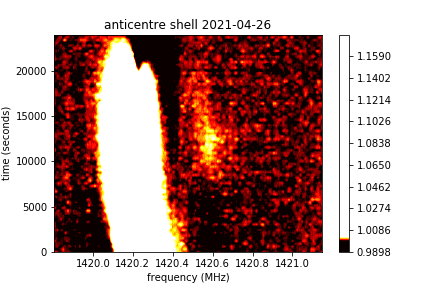
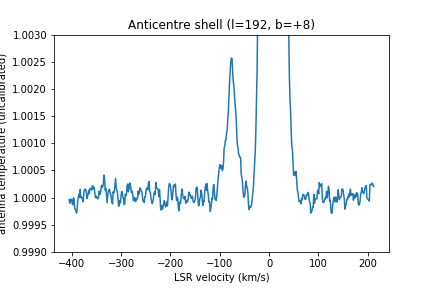
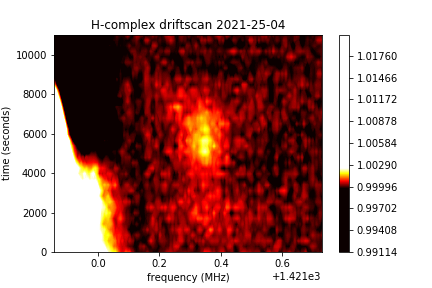
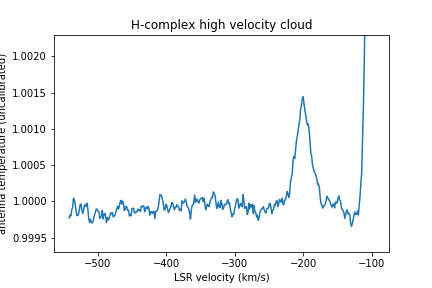
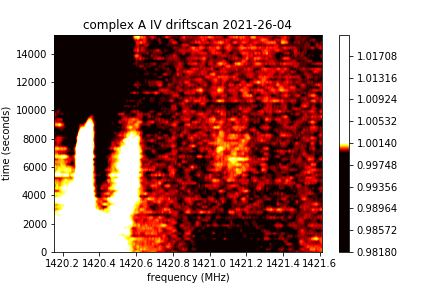
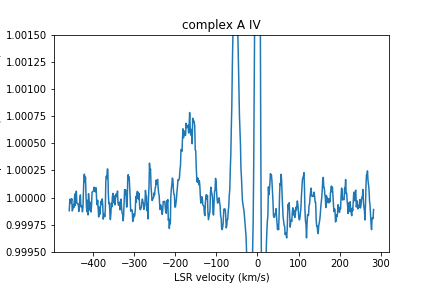
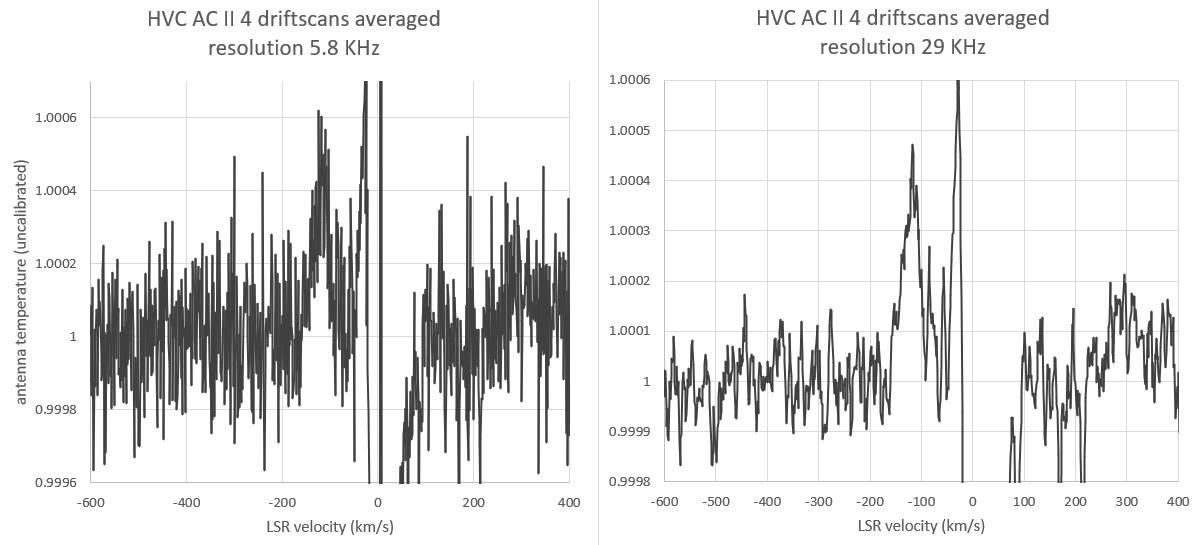
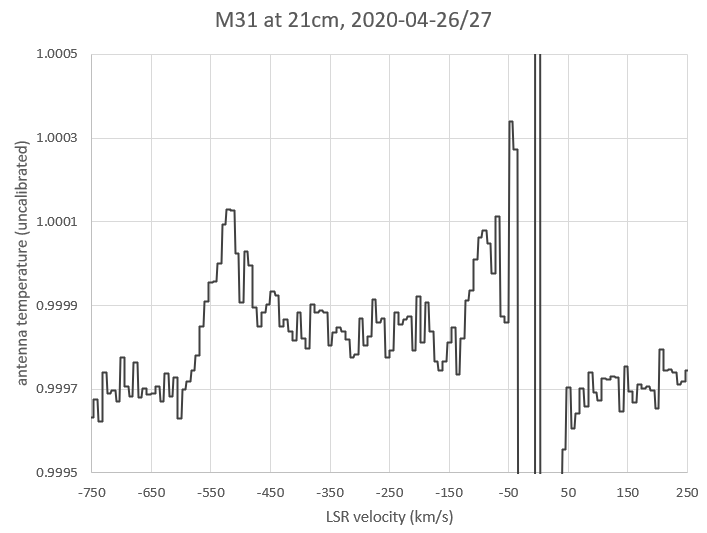
JJM
Hi Eduard,
Congratulations for all your observations and mainly for the M31 signals.
Very nice report !
In the same order of weak signals, there is also M33.
Best regards.
JJ F1EHN
De : sara...@googlegroups.com <sara...@googlegroups.com> De la part de Eduard Mol
Envoyé : dimanche 2 mai 2021 22:15
À : Society of Amateur Radio Astronomers <sara...@googlegroups.com>
Objet : [SARA] weak HI: high velocity clouds and M31
Hi all,
Back in December 2019 I posted my first observation of a high velocity cloud (HVC) on this forum. This was the "H-complex", at galactic coordinates l=131 b=+2. Back then this was a really difficult observation. Last summer I did some upgrades on the dish, now the system temperature is lower and sensitivity better. Tsys is still above 100 K so there is still room for improvement... Detecting the weak HI signals of HVCs is still not an easy task but the results are now much better than they were before.
Since the mount of the dish is not capable of tracking objects I do my observations in driftscan mode. I use the spectra from before and after the target has passed through the beam for bandpass correction. The brighter HVC complexes can be detected with just one driftscan, for some of the weaker complexes I need to average the results of multiple driftscans to get a good SNR.
In this post I show some of the results from recent observations
First of all I did some observations of the "Anticentre shell" near the galactic anticentre. Although not a "true" HVC this is still an interesting target for the 3 metre dish.
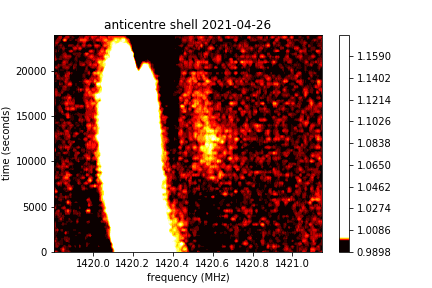

H- complex:
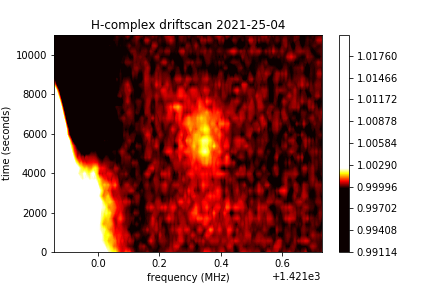
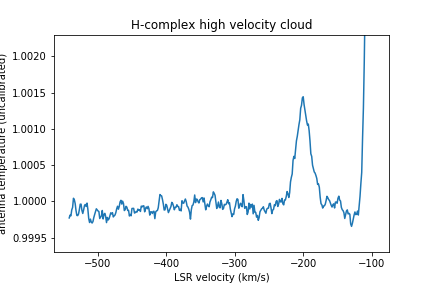
Complex A IV at l=153 b=38.5:
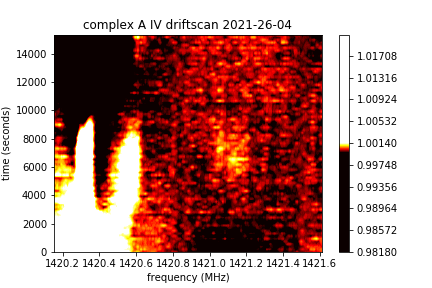

Complex AC II. This was one of the more difficult targets. The result below is the average of four driftscans.

Finally, inspired by the impressive work of JJ Maintoux F1EHN I decided to try the Andromeda galaxy (M31) as well. I did 7 driftscans of M31 but I used only 5 of them (the bandpass correction did not go very well for the last two). The signal of M31 is weak and extremely wide (about 3 MHz, nearly half of the airspy mini SDR's bandwidth), so bandpass correction has to be nearly perfect...
My result is of course not as good but the general shape of the spectrum of M31 is still recognisable.

Eduard
--
--
You received this message because you are subscribed to the Google
Groups "Society of Amateur Radio Astronomers" group.
To post to this group, send email to sara...@googlegroups.com
To unsubscribe from this group, send email to
sara-list-...@googlegroups.com
For more options, visit this group at
http://groups.google.com/group/sara-list?hl=en
---
You received this message because you are subscribed to the Google Groups "Society of Amateur Radio Astronomers" group.
To unsubscribe from this group and stop receiving emails from it, send an email to sara-list+...@googlegroups.com.
To view this discussion on the web visit https://groups.google.com/d/msgid/sara-list/4af50128-4b04-4ec8-a301-559b00c63fe6n%40googlegroups.com.
Michiel Klaassen
To view this discussion on the web visit https://groups.google.com/d/msgid/sara-list/005401d74017%24e6ae7f60%24b40b7e20%24%40wanadoo.fr.
Lamar Owen
received for M31 matches what we've observed here using the AirSpy R2.
On 5/2/21 4:14 PM, Eduard Mol wrote:
> ...
Eduard Mol
fasleitung3
Jon Wallace
--
--
You received this message because you are subscribed to the Google
Groups "Society of Amateur Radio Astronomers" group.
To post to this group, send email to sara...@googlegroups.com
To unsubscribe from this group, send email to
sara-list-...@googlegroups.com
For more options, visit this group at
http://groups.google.com/group/sara-list?hl=en
---
You received this message because you are subscribed to the Google Groups "Society of Amateur Radio Astronomers" group.
To unsubscribe from this group and stop receiving emails from it, send an email to sara-list+...@googlegroups.com.
To view this discussion on the web visit https://groups.google.com/d/msgid/sara-list/45b2695b-3398-44f6-a04f-376c1d0b22f0n%40googlegroups.com.
